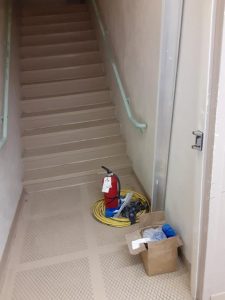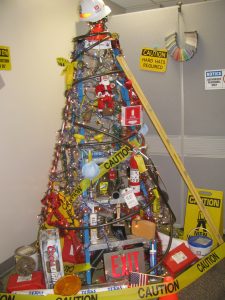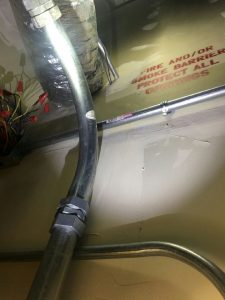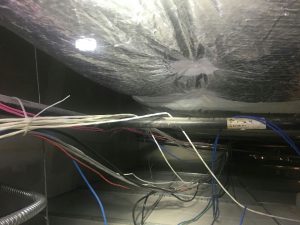We’ve all heard the timeless rhyme “If at first you don’t succeed, try try again!” Whoever said it first very well could have been referring to utility shutdowns at inpatient hospital facility.
Last night I had one of those experiences where we didn’t succeed at first. I hope we only have one try again to be successful with it. We are renovating space in a hospital tower that has surgery rooms, labor and delivery, ICU, as well as normal patient rooms all located within it on different floors. When the facility was built there were very few valves installed on the water risers. We’ve got an east riser and a west riser. The contractor has work to relocate some of the lines on the east riser. Due to the lack of valves, this work requires an outage and will take down water to one half of the tower.
The outage was scheduled several weeks in advance, with the hospital going on “divert” for the inpatient areas about 12 hours in advance of the outage to allow the rooms to empty out. Also, the scheduled outage was to begin at 10 PM, to reduce impacts on the patients as most are done with showers and toilet use by that time and are headed to bed. A 6-8 hour outage would mean water was restored prior to patients waking, morning showers, and breakfast time.
In addition to the required work, the facility manager determined that installing additional valves on each floor at the mains from the riser, allowing each floor to be isolated, would be prudent.
I showed up early ahead of the outage to check with each department and the status of their patients. Even though they were on divert, sometimes expectant mothers show up to deliver their babies or critically injured people arrive in the Emergency Department needing surgery.
The first stop was the Emergency Department. Oh-oh. Two potential surgeries. I checked with the other departments and the charge nurse at each gave a green light. I met with the contractor and explained the situation.
We determined it would be best to wait for an hour to see if the surgeries were needed or not. The hour dragged slowly by. It was kind of like sitting in traffic, we were unproductive and all had things we would rather have been doing. We checked with the Emergency Department again. They still were doing their final tests and evaluations on the two patients, and in the hour that had lapsed, another potential surgery patient had come in. This was not our night!
Even if we were to wait until all three patients were stabilized, we still were fighting against the clock. If it was after midnight when we could start the outage, we would run into morning and definitely begin impacting the few patients that hadn’t been discharged.
We huddled up one more time, and I passed my regrets to the contractor. On this night there would be no outage. It was the right decision.
As I walked out to my car at 11:00, I glanced over my shoulder at the red ambulance lights flashing outside of the Emergency Department. It was not a good night for more than myself and the contractors. I said a prayer for those needing care that night. We made the right decision to postpone the outage. I hope next time we’ll be able to do the outage and get this work behind us.





 This violation is a little more difficult to spot. The barrier is nicely marked, but adjacent to it is an opening that hasn’t been properly fire caulked.
This violation is a little more difficult to spot. The barrier is nicely marked, but adjacent to it is an opening that hasn’t been properly fire caulked. How many cables can you secure to a fire sprinkler line? The correct answer is none.
How many cables can you secure to a fire sprinkler line? The correct answer is none. Again, these cables are improperly secured to a fire sprinkler line.
Again, these cables are improperly secured to a fire sprinkler line.  These cables should be properly supported, instead of being draped over a fire sprinkler line.
These cables should be properly supported, instead of being draped over a fire sprinkler line.